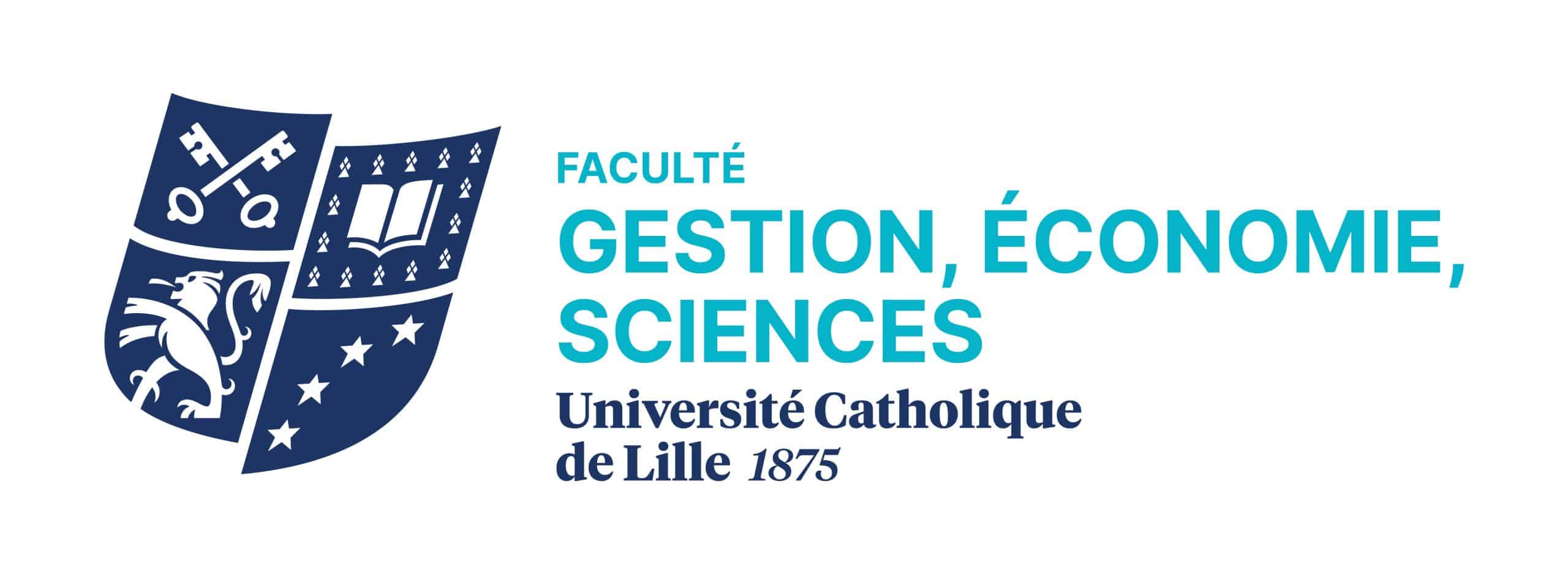
International Finance
Etablissement : Faculté de Gestion, Economie & Sciences Masters
Langue : Anglais
Formation(s) dans laquelle/lesquelles le cours apparait :
- Master Finance Responsable Durable [ECTS : 3,00]
Période : S3
This class provides an introduction to the foreign exchange markets, the impact of economic policy on exchange rates, and the nature of foreign exchange risk. The first part introduces the historical evolution of the trade between nations, the importance of international trade, and the real concerns of the international trades that arise from financial and trading relations between nations. The second part discusses the foreign exchanges markets, their functions, and the participants in the foreign exchange markets. The third part discusses the foreign exchange rate; the foreign exchange systems; and the direct, indirect, and cross exchange rates. The fourth part discusses partially the derivatives for currency markets such as forward markets, currency swaps, and options. It also discusses the hedging, speculation, and arbitrage in the foreign exchange markets.
On successful completion of this course, students will be able to:
1. Understand the basic concepts of international finance.
2. Describe the background and corporate use of the foreign exchange market.
3. Understand the meaning and functions of the foreign exchange market
4. Convert exchange rates from direct to indirect and vice versa, and find cross exchange rates with zero foreign exchange transaction cost and non-zero foreign exchange transaction cost.
5. Explain how exchange rate movements are measured.
6. Know what the spot, forward, are cross exchange rates are.
7. Distinguish between commercial profit and financial profit in the foreign exchange market.
8. Explain how the equilibrium exchange rate is determined, and explain the factors that determines the equilibrium exchange rate.
9. Compute the forward exchange rate.
10. Know what currency swap is, and why it is used.
11. Understand the meaning of foreign exchange risks, hedging, speculation, and arbitrage.
12. Understand the connections between the spot exchange market, the forward exchange market, the domestic money market, and the foreign money market.
On successful completion of this course, students will be able to:
1. Understand the basic concepts of international finance.
2. Describe the background and corporate use of the foreign exchange market.
3. Understand the meaning and functions of the foreign exchange market
4. Convert exchange rates from direct to indirect and vice versa, and find cross exchange rates with zero foreign exchange transaction cost and non-zero foreign exchange transaction cost.
5. Explain how exchange rate movements are measured.
6. Know what the spot, forward, are cross exchange rates are.
7. Distinguish between commercial profit and financial profit in the foreign exchange market.
8. Explain how the equilibrium exchange rate is determined, and explain the factors that determines the equilibrium exchange rate.
9. Compute the forward exchange rate.
10. Know what currency swap is, and why it is used.
11. Understand the meaning of foreign exchange risks, hedging, speculation, and arbitrage.
12. Understand the connections between the spot exchange market, the forward exchange market, the domestic money market, and the foreign money market.

